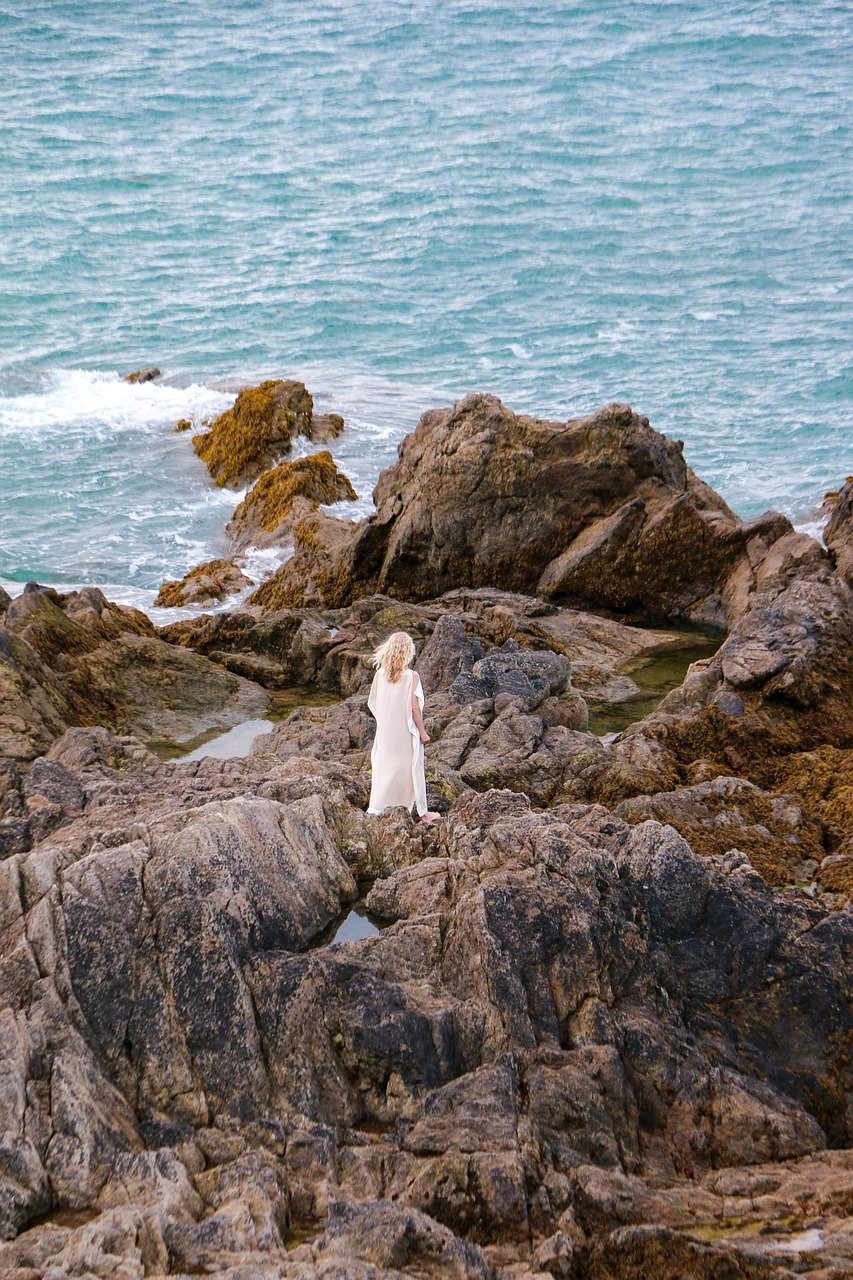Gefion: The Norse Goddess of Unmarried Women
In Norse mythology, particularly as detailed in Snorri Sturluson’s The Prose Edda, Gefion emerges as the fourth goddess of the Æsir, following Frigg, Sága, and Eir, the latter renowned for her skills in healing. Although Gefion is often described as a virgin, this characterization is complex and somewhat contradictory, as accounts also reveal that she was the mother of four sons, described as oxen, born to a giant. Later in her narrative, she enters into matrimony with Skjold, a son of Odin, and they reside in the region known today as Leire, Denmark.
An intriguing facet of Gefion’s identity is her association with “Gefn,” a name also attributed to Freyja, the goddess of love and fertility. This connection raises the possibility that Gefion and Freyja may be interchangeable figures, both of whom could be viewed as extensions of Frigg, Odin’s wife.
The Creation of Zealand
As recounted in The Prose Edda, a notable story about Gefion showcases her formidable prowess. King Gylfi, who ruled over what is now Sweden, once rewarded a beggar-woman with land, specifically a plot large enough for four oxen to cultivate in a day and a night. Unbeknownst to him, this woman was Gefion, a divine figure of the Æsir. She took four oxen—her sons—to a plow and worked the land so vigorously that it was uprooted and dragged into the sea, eventually forming the island of Zealand. The site from which this land was taken is now submerged and recognized in Sweden as a lake, complete with numerous bays mirroring the headlands of Zealand.
The poet Bragi the Old captures this event in verse, emphasizing the effort and energy Gefion imparted to expand the territory.
Gefion in the Ynglinga Saga
Further insight into Gefion’s story can be found in the Ynglinga Saga, also by Snorri Sturluson. It narrates that Odin, envisioning the future of his lineage, dispatched Gefion to acquire land to facilitate their settlement. She ventured to Gylfi, who granted her a ploughland. After giving birth to her sons, whom she fashioned as oxen, she plowed land that slipped from its moorings into the sea, giving rise to what was called Selund, the ancient spelling of Zealand.
Gefion’s tale does not conclude with these feats; she ultimately marries Skjold, Odin’s offspring, and they settle in the area of Leidra. The groundwork she tilled later transformed into a lake known as Löginn, with its fjords aligning with Selund’s headlands.
In summary, both accounts highlight Gefion’s strength and her pivotal role in shaping the landscape of Denmark. Symbols of fertility and land acquisition, she remains a significant figure in Norse mythology, representing the aspects of womanhood intertwined with land and legacy.
[title] Gefion: A Norse Goddess of Creation and Land [title]



